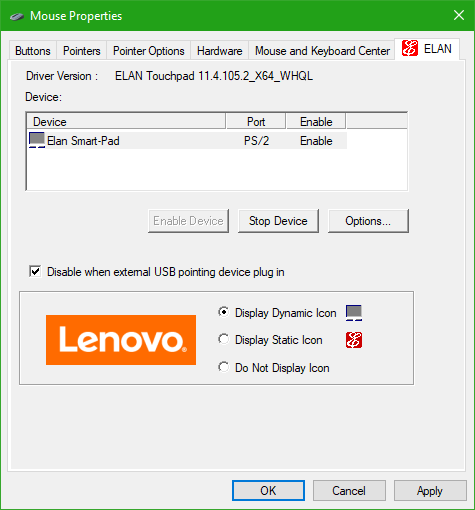
In the 2000s, NTT DoCoMo's i-mode platform, BlackBerry, Nokia's Symbian platform, and Windows Mobile began to gain market traction, with models often featuring QWERTY keyboards or resistive touchscreen input, and emphasizing access to push email and wireless internet. These issues were eventually resolved with the exponential scaling and miniaturization of MOS transistors down to sub-micron levels ( Moore's law), the improved lithium-ion battery, faster digital mobile data networks ( Edholm's law), and more mature software platforms that allowed mobile device ecosystems to develop independently of data providers. Smartphones typically contain a number of metal–oxide–semiconductor (MOS) integrated circuit (IC) chips, include various sensors that can be leveraged by pre-included and third-party software (such as a magnetometer, proximity sensors, barometer, gyroscope, accelerometer and more), and support wireless communications protocols (such as Bluetooth, Wi-Fi, or satellite navigation).Įarly smartphones were marketed primarily towards the enterprise market, attempting to bridge the functionality of standalone personal digital assistant (PDA) devices with support for cellular telephony, but were limited by their bulky form, short battery life, slow analog cellular networks, and the immaturity of wireless data services.

They are distinguished from feature phones by their stronger hardware capabilities and extensive mobile operating systems, which facilitate wider software, internet (including web browsing over mobile broadband), and multimedia functionality (including music, video, cameras, and gaming), alongside core phone functions such as voice calls and text messaging. Starting an app on a smartphone with the touch of a finger on the app icon (video)Ī smartphone is a portable device that combines mobile telephone and computing functions into one unit.


 0 kommentar(er)
0 kommentar(er)
